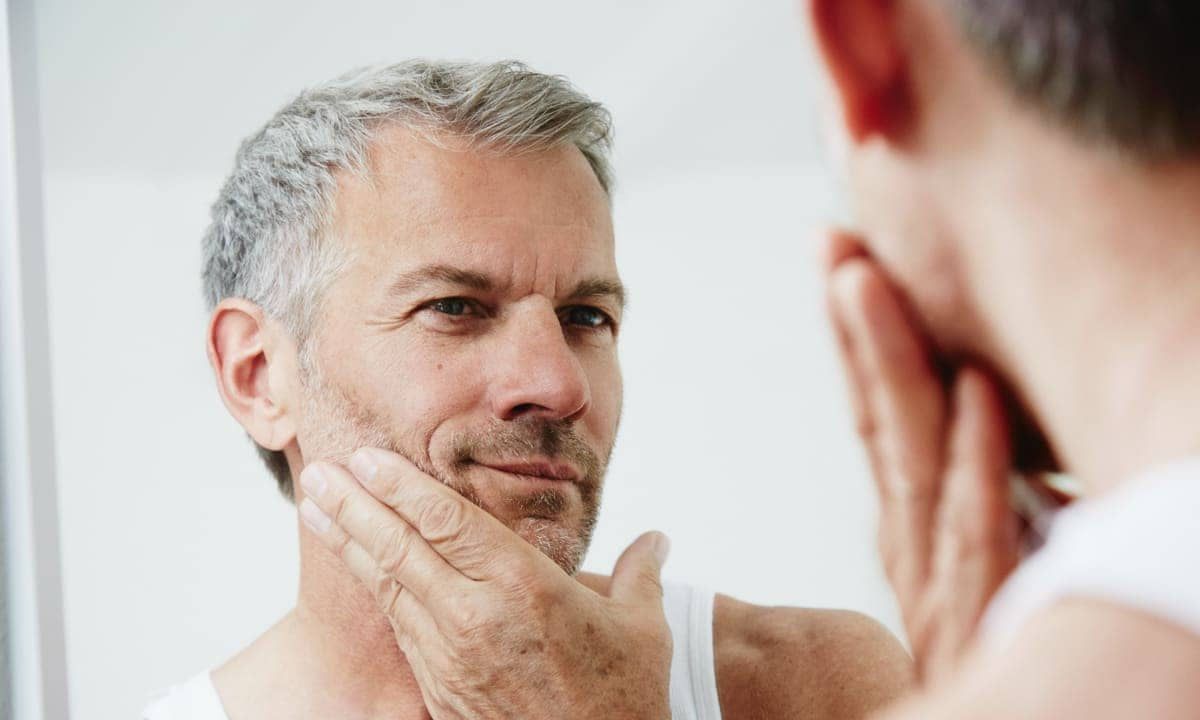Researchers are constantly trying to uncover the secrets of aging in the quest for eternal youth. Facial aging is a significant marker of the passage of time. In 2019, The American Journal of Physical Anthropology published a groundbreaking study that revealed how males and females face age differently after menopause and andropause. The study highlighted the intricate nuances of the aging process and its impact on the facial features.
The study found that the aging trajectories of male and female faces are similar until age 50. However, beyond this point, female faces exhibit a distinct shift in their aging trajectory. This significant deviation coincides with menopause, marking a notable turning point in the aging process for women.
A key revelation of the study was that the overall magnitude of facial shape change, commonly referred to as the aging rate, was notably higher in women than men. This discrepancy, particularly pronounced in early postmenopausal women, underscores the complex interplay of biological factors underlying facial aging.
Facial aging is primarily affected by collagen, the main structural protein in the dermis responsible for skin’s elasticity and resilience. Studies show that men have higher collagen concentrations than women throughout their adult lives. Additionally, as people age, collagen’s amount and quality decrease, making the aging process worse. Women who have reached menopause experience a significant decline in collagen levels, particularly in the skin and bone of the face, due to bone resorption in the mandible.
Beyond collagen, the distribution of subcutaneous fat also plays a pivotal role in shaping facial contours. Compared to males, females exhibit thicker and more unevenly distributed subcutaneous fat, particularly in the medial cheek area. However, with age, a notable decrease in soft tissue thickness is compounded by muscle loss and progressive muscle shortening, leading to midfacial ptosis.
The study further explored the intricate changes in specific facial features with advancing age. Lips undergo a series of transformations, including increased dryness and thinning, while external ears exhibit a progressive increase in total height, primarily attributed to a global height increase.
The study recently published in The American Journal of Physical Anthropology is a significant step toward understanding facial aging. It sheds light on the biological mechanisms that contribute to this phenomenon. By unraveling the complexities of aging, such research opens avenues for developing innovative interventions to maintain and improve facial aesthetics in the pursuit of timeless beauty.
,type=downsize)
